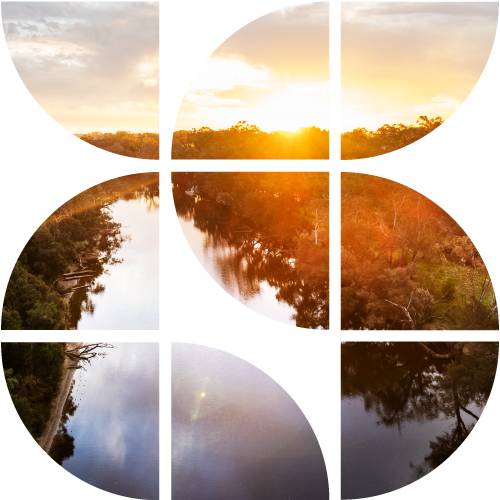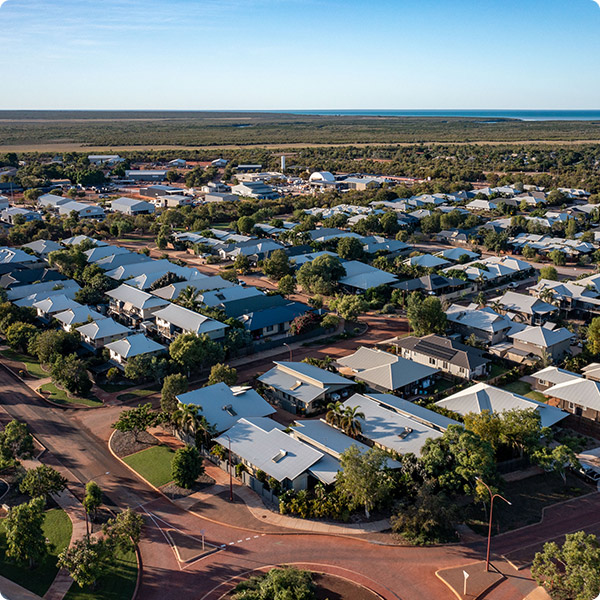How does it work?
EnviroDevelopment’s logos make it easier for potential purchasers to recognise and, therefore, choose sustainable lifestyles. Developments may receive EnviroDevelopment certification across six defined categories of sustainability and are able to advertise the icon of each element for which they have been accredited.
EnviroDevelopment icons, or leaves, are awarded to environmentally sustainable developments for the following achievements:

